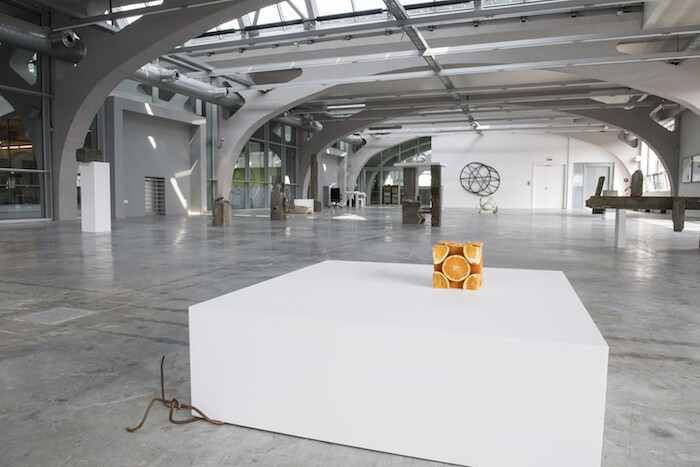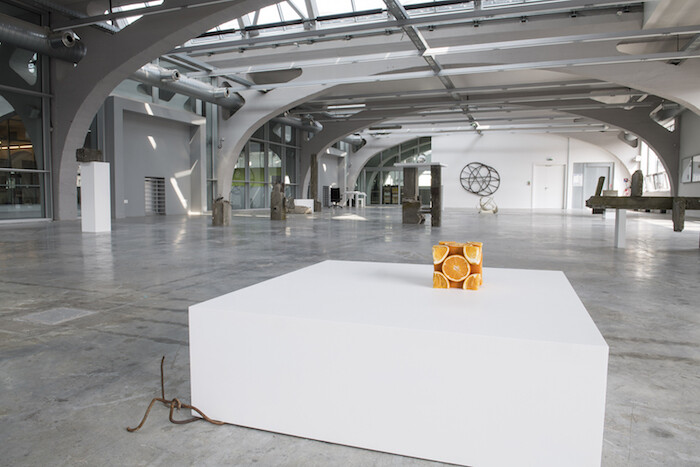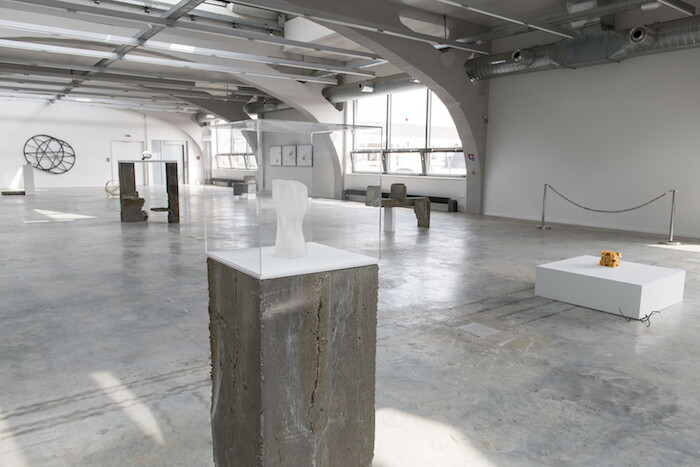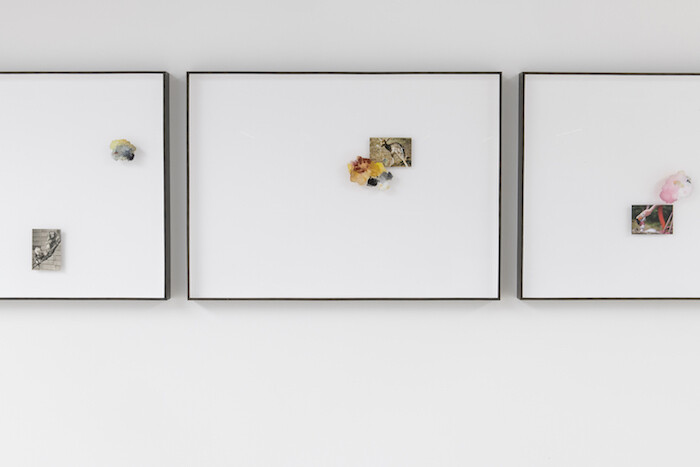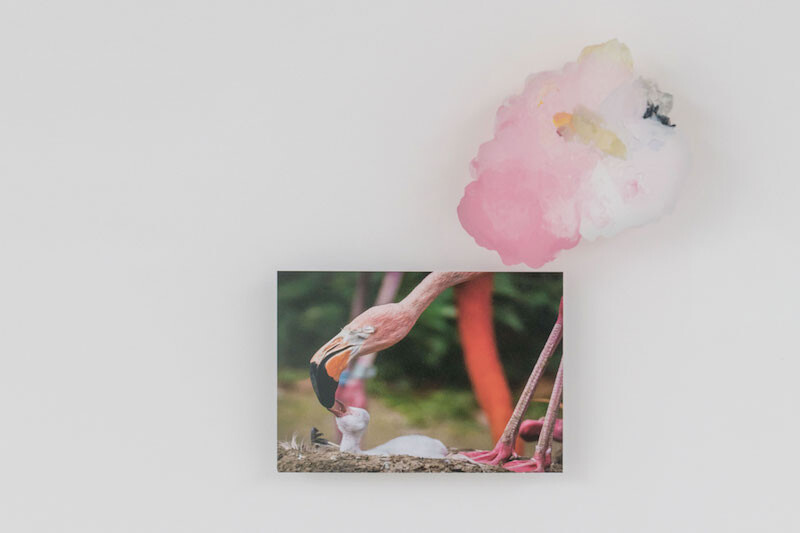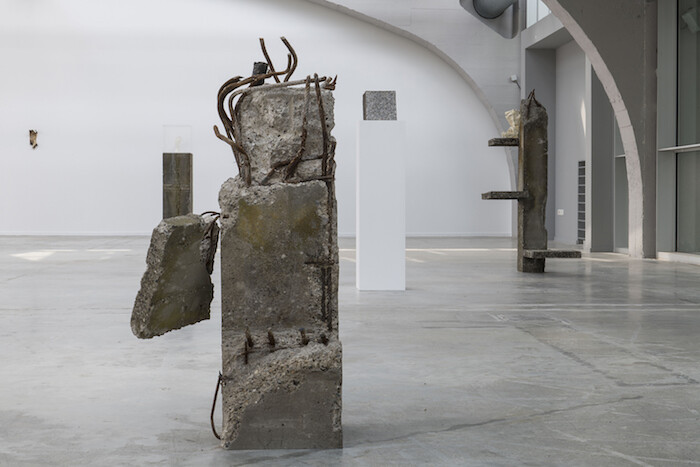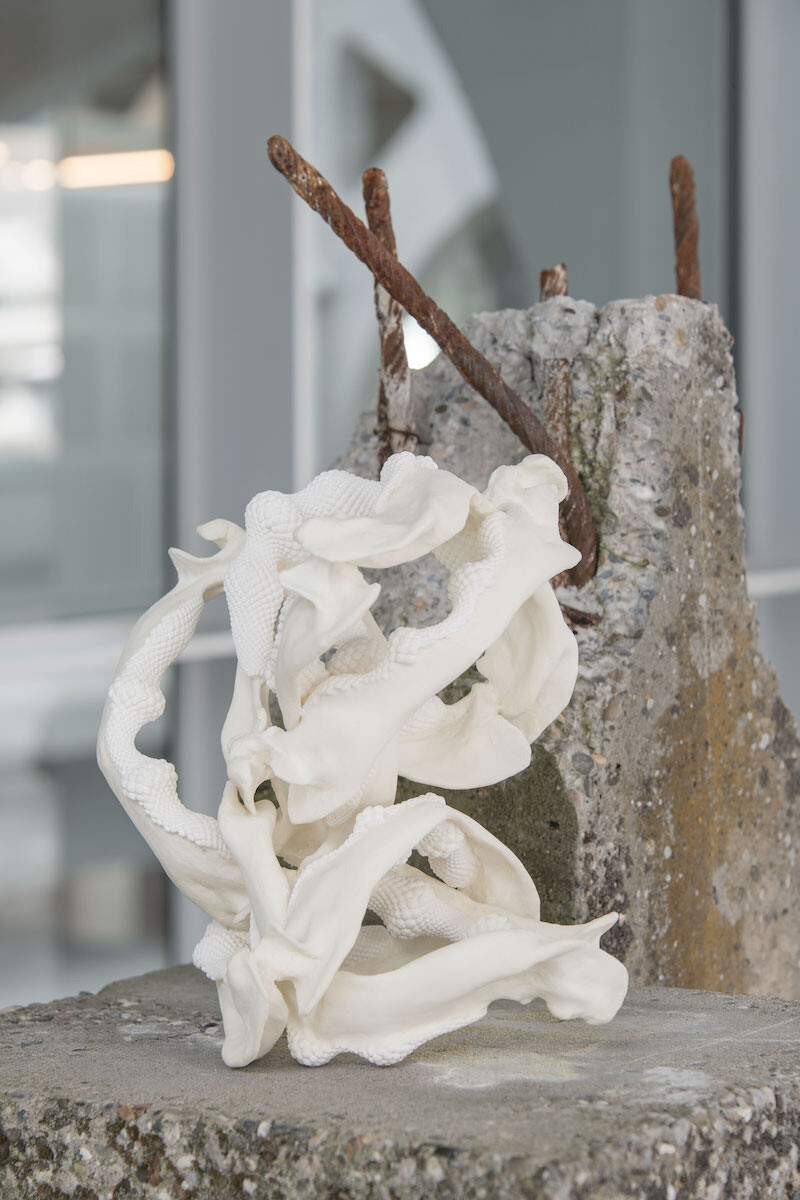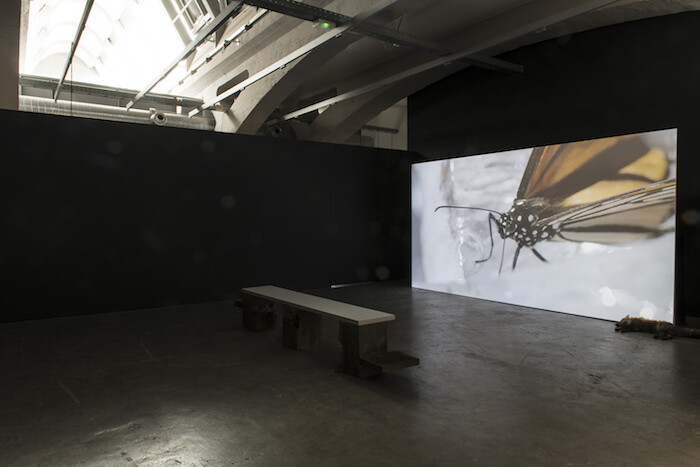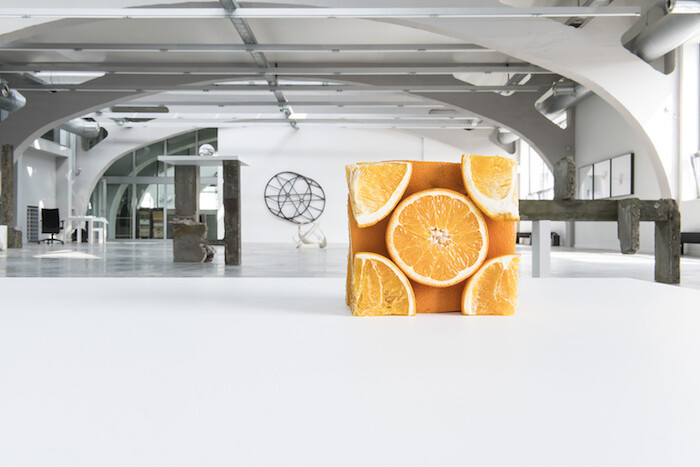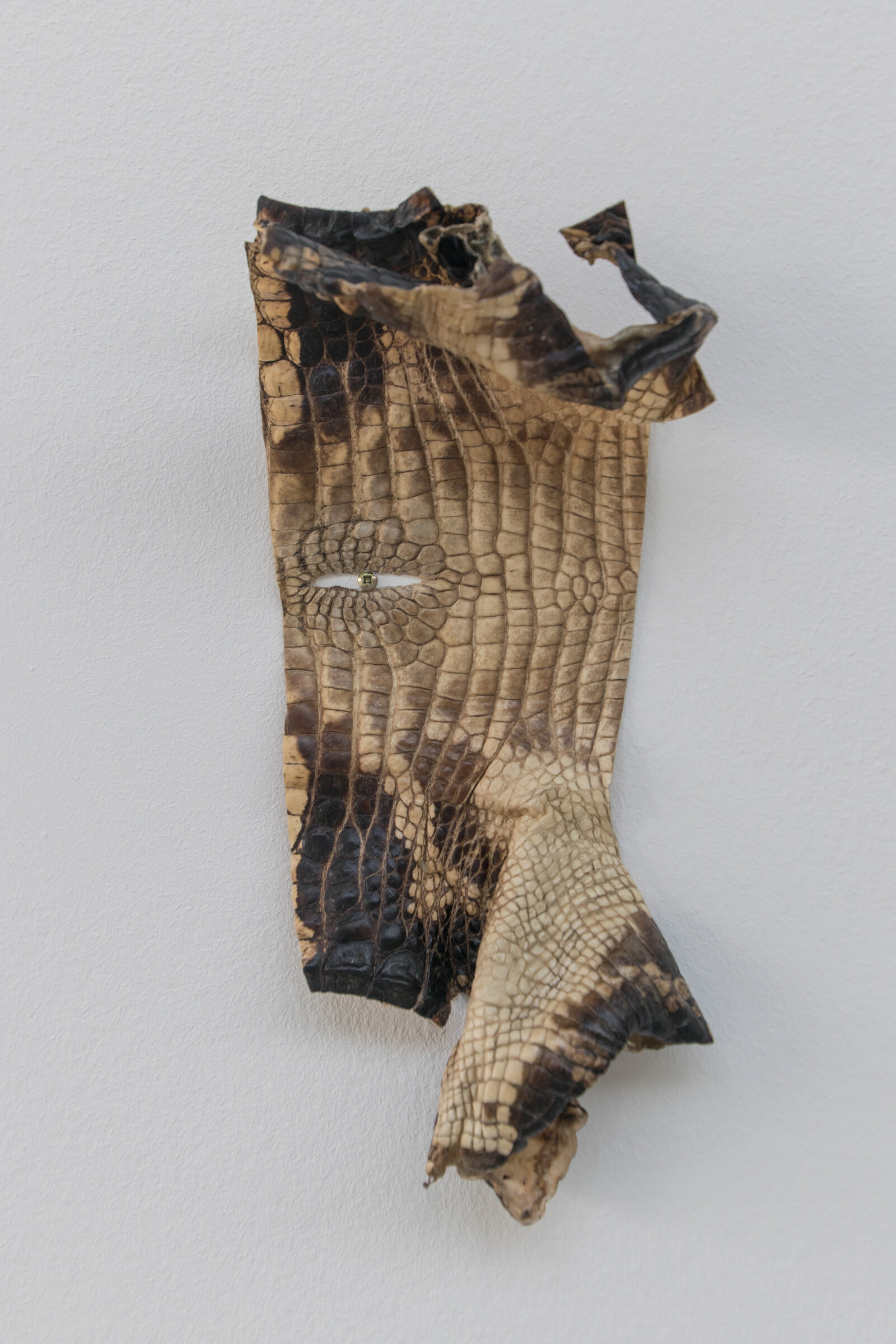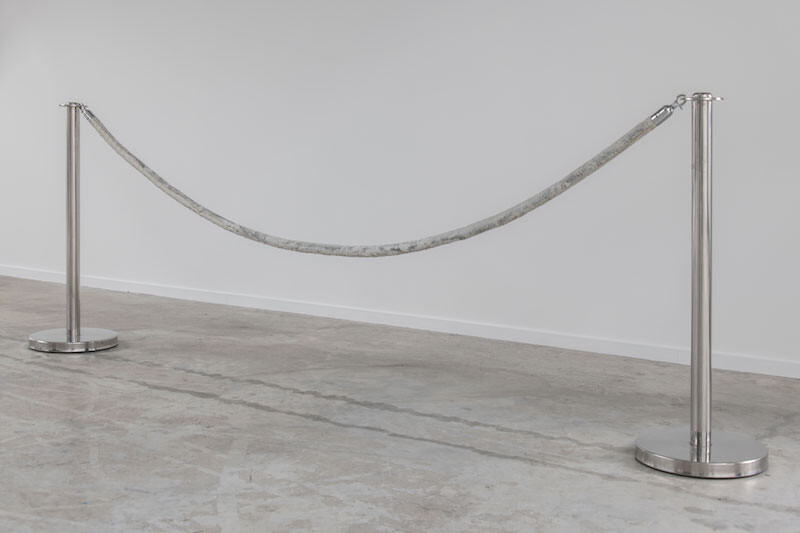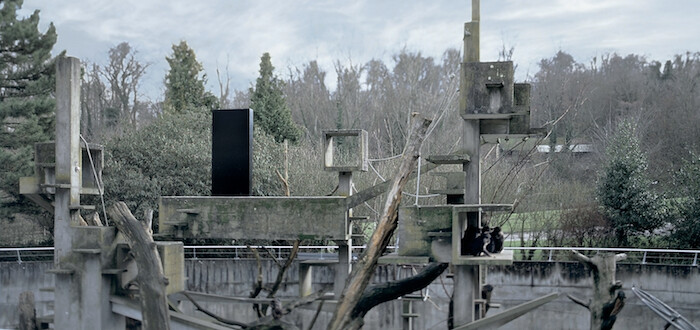Marriott Edgar’s 1930s monologue Albert and the Lion recounts how the Ramsbottom family, on holiday in Blackpool, go to the town’s menagerie. There, little Albert is so disappointed with the spectacle that he pokes the lion, who promptly eats him, upon which his mother gives the manager an earful: “Right’s right, young feller; I think it’s a shame and a sin, For a lion to go and eat Albert, And after we’ve paid to come in.”1
In Edgar’s day, the London Zoo was already a century old and it would provide the modern zoo model internationally. The zoo’s two competing interests have always been to enable the display of animals (and by extension the public’s education and entertainment) and to conserve and breed animals. Pursuing both agendas, zoo architecture in London and elsewhere has evolved from miserably poor, via famous enclosures like Berthold Lubetkin’s Penguin Pool in London—which, though attractive, was not suitable for the penguins and afforded smaller visitors only a limited view—to spaces that try to cater for the animals’ needs for room to move, shelter, privacy, and stimulation, while keeping it worth the price of admission.
Étienne Chambaud grew up in Mulhouse. In the city’s Botanical and Zoological Park was a brutalist concrete “grove” dotted with branches and tree trunks that housed the macaques; when this display was scrapped, Chambaud took parts of its reinforced concrete and wood to make the series “Reef” (2018), the plinths and benches that are now dotted about his exhibition at the Kunsthalle. A weathered concrete stalk perpendicular to the ground with four stubby branches and a chock of painted wood supporting it makes Reef (The Barrier), which notionally offers seating but also echoes a quadruped animal form. Reef (The Gorge) resembles a multi-leveled cat perch for incarcerated urban felines, made in the same concrete with rusty iron spines protruding up top. The work also becomes a plinth for Entrelacs [Knot/Interlace] (2018), several white polyurethane reproductions of a bowmouth guitarfish jawbone that have been intertwined, which should be impossible as they are closed rings. The faithful reproduction of the bones looks uncannily like a 3D printing design.
The 2016 video work INCOMPLT shows an astonishing seasonal gathering of monarch butterflies in Mexico, so numerous that they form pulsating carpets where they alight. They rest on natural surfaces as well as on a pile of 0 and 1 figures carved in ice that Chambaud has brought to the location. 0 and 1 being, of course, the components of binary code, the butterflies literally hover over a heap of potential meaning that thus lies amassed, undecipherable, and, presumably, ignored. Chambaud’s camera observes the insects and their environment extraordinarily closely, then suddenly shifts its focus, making us acutely aware of the mechanics of image-making. Effectively, Chambaud won’t allow us to be utterly absorbed by the scene. To add to our discomfort, a taxidermied fox lies on the ground beside the screen. According to its title, Dead Dead Fox (2014–17) is a dead image of a dead thing, but, in the gloom, it has the look of a half-sleeping animal that mimes repose but watches intently. Throughout the exhibition, we viewers are repeatedly appealed to, only to be pushed back to arm’s length: up close, our gaze is rejected, as in the case of “∩” series of works, in which Chambaud paints shut the eyes of animals in zoo postcards, his acrylic color matching left as an artifact inside the glass of the frame. The ∩ in the title is a mathematical symbol signifying the intersection of sets. If categories or genres are also sets, we are on unstable ground, without certainties of what is artwork and what is test, what is sculpture and what is support, or how far the exhibition extends: Additive Expression (2013–18) is a pile of blue-colored bird food, in one corner inside the building but also offered to the birds outside and ultimately redistributed as blue droppings.
As Chambaud entangles media to manifest fuzzy categories, he tangles disciplinary fields too. This gesture is apparent in his choice of subjects and methods of display, and begs that we challenge our own expectations. Do we come to a gallery to be entertained or educated? Is it a space for production or preservation? Are these intersecting, interdependent or contradictory aims? Does our culture produce or challenge notions of what nature is? Humans are absent from the picture so it’s easier to ruminate along these lines as abstract notions—apart from the fact that the exhibition is all about how we frame the non-human world and have done so historically. Maybe it’s time to reframe: a traditional ordering of the environment hardly permits birds and humans to enjoy the same show. One more work is worth highlighting here: Undercuts (2012), a couple of steel poles with a rope hooked between them, the usual signal that the audience should keep their distance from an object. On closer inspection, it becomes clear that the rope is covered with python skin. Who or what pays the price for our culture and education?
